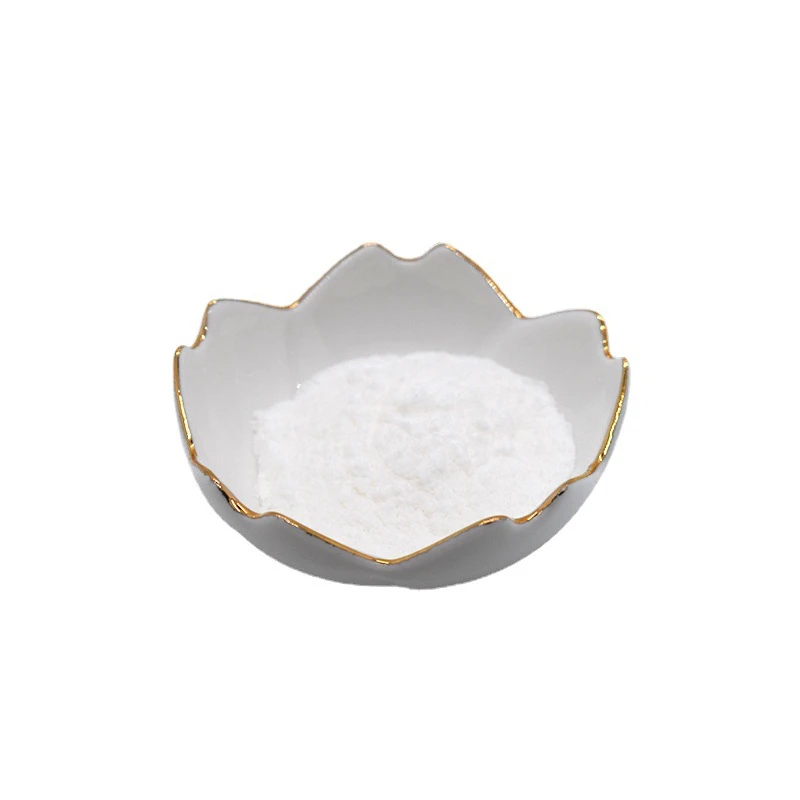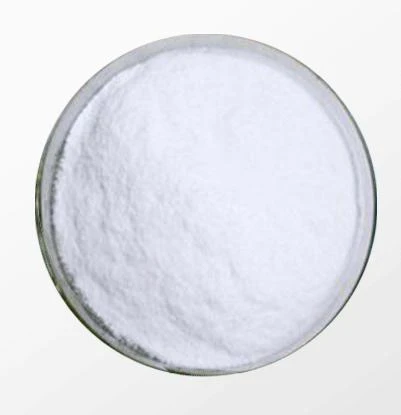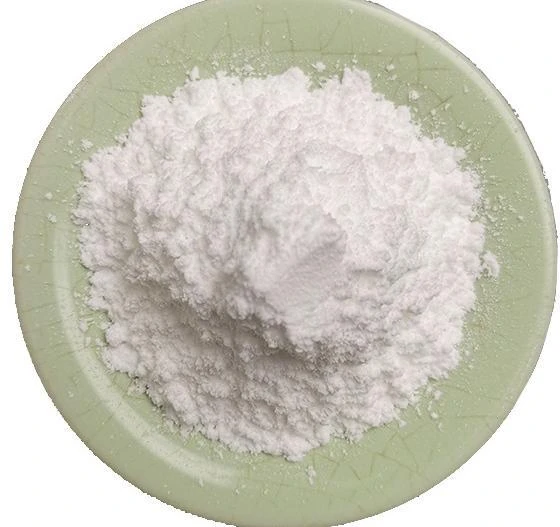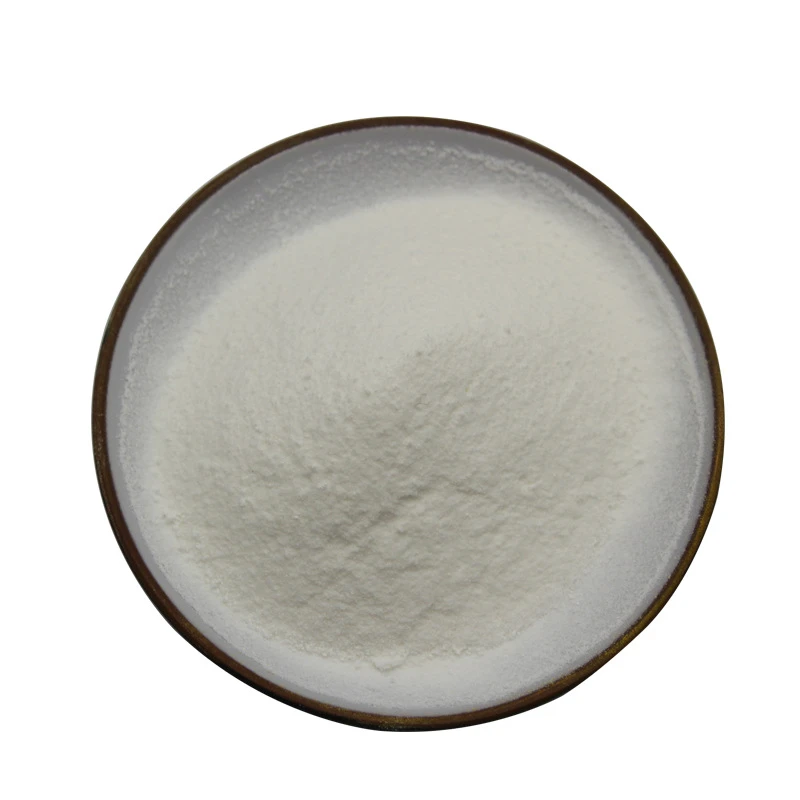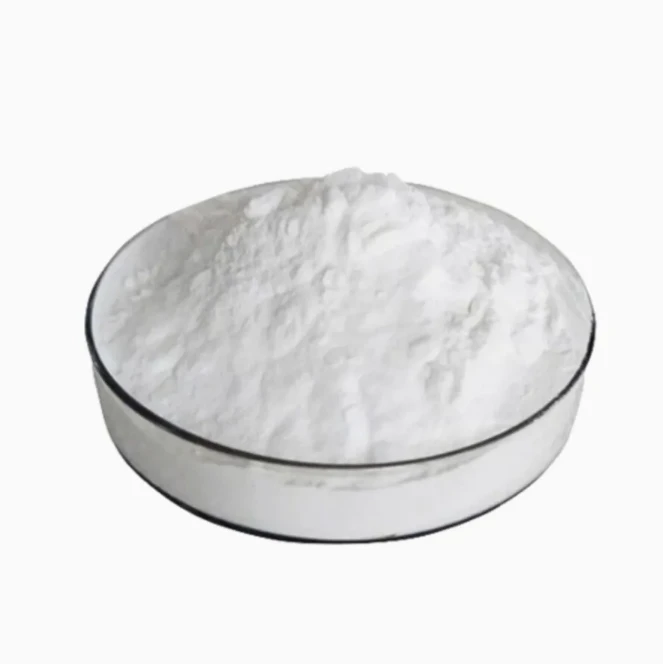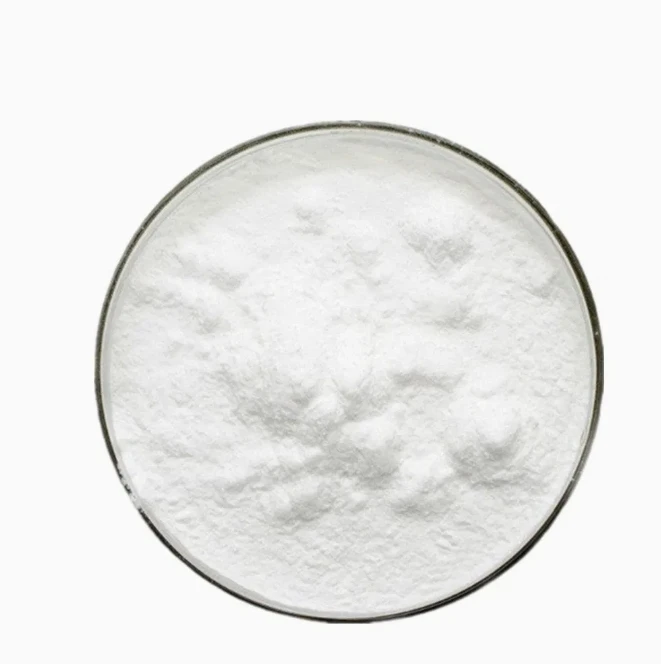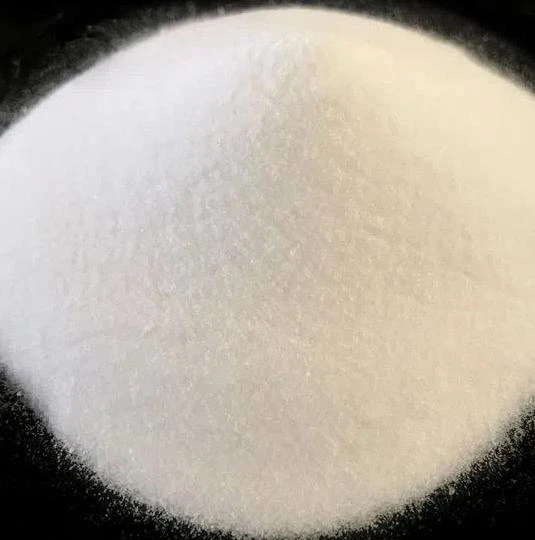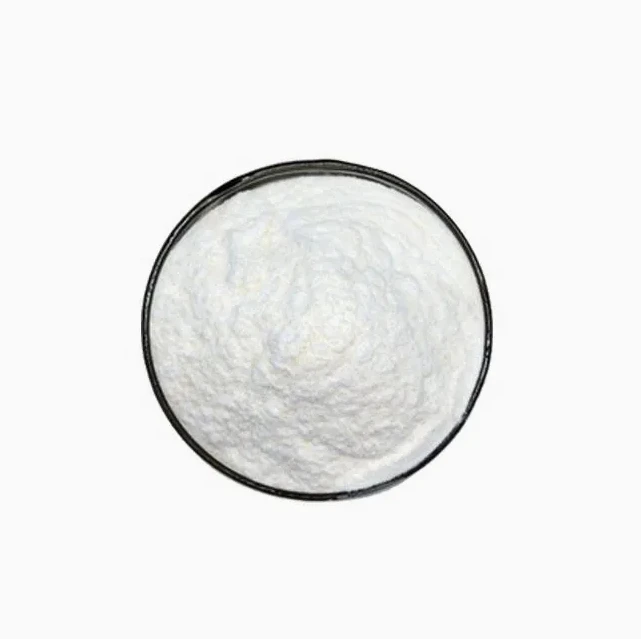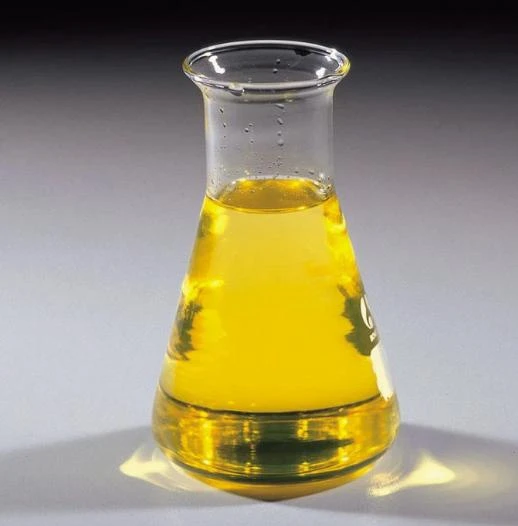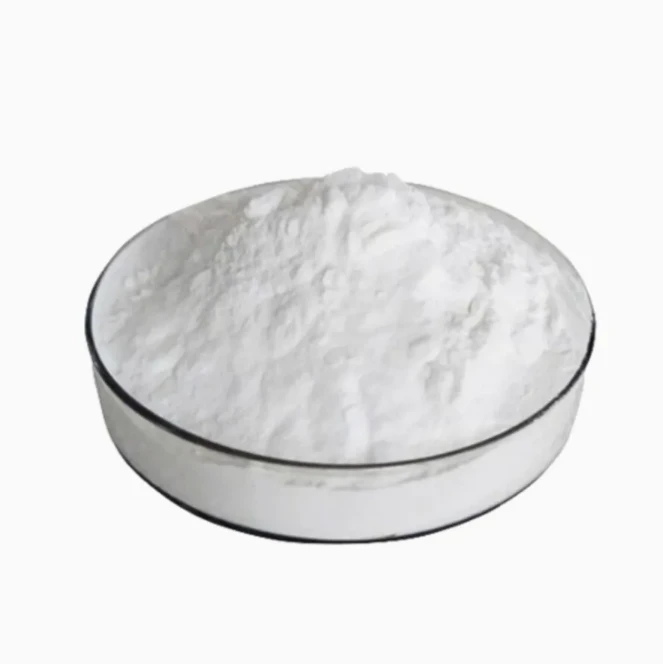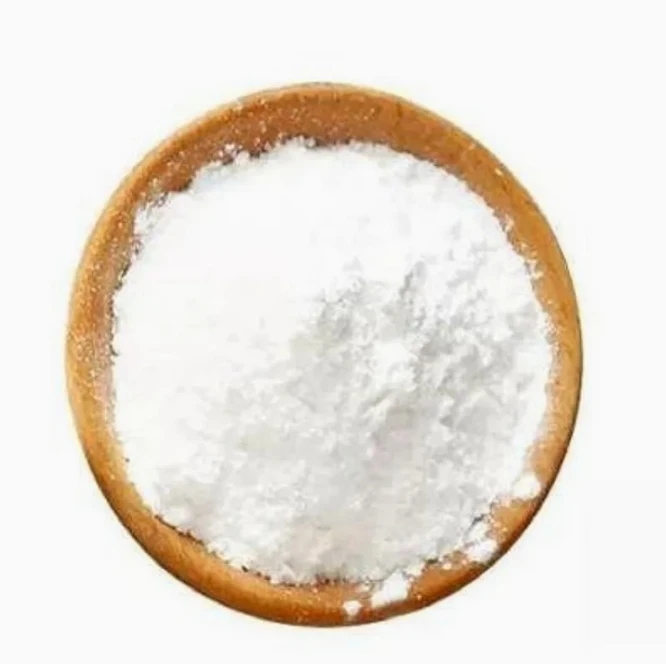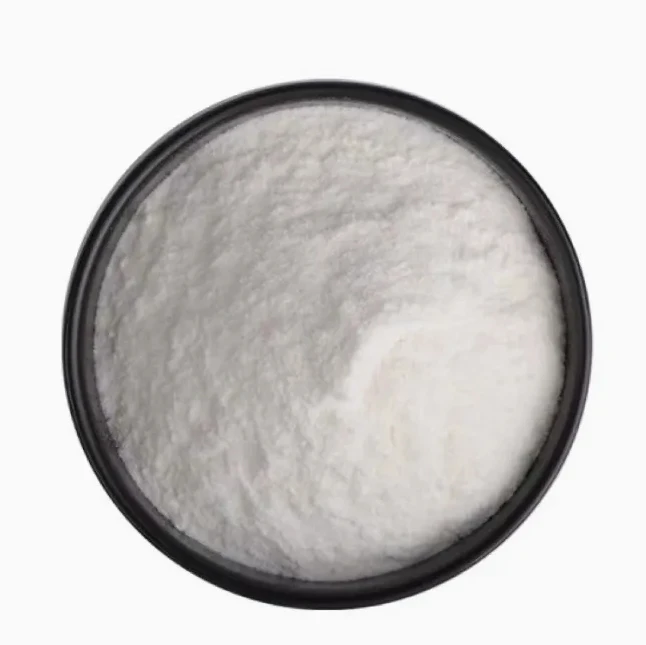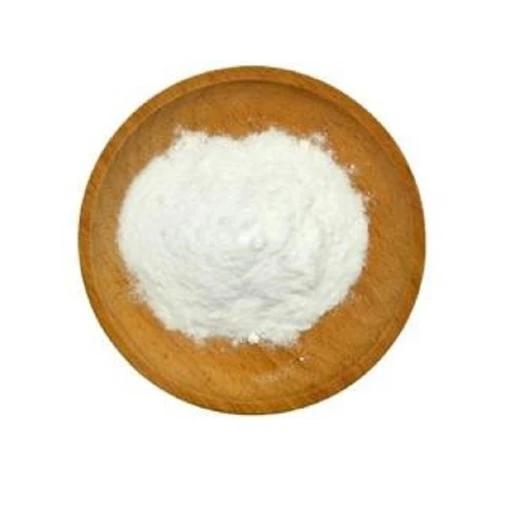 Imeeli: sale@hebeidisha.com
Imeeli: sale@hebeidisha.com
 Tẹli: +86 13315186550
Tẹli: +86 13315186550
- Afirika
- Ede Albania
- Amharic
- Larubawa
- Ara Armenia
- Azerbaijan
- Basque
- Belarusian
- Ede Bengali
- Ede Bosnia
- Bulgarian
- Catalan
- Cebuano
- China
- China (Taiwan)
- Corsican
- Ede Croatian
- Czech
- Danish
- Dutch
- English
- Esperanto
- Estonia
- Finnish
- Faranse
- Frisia
- Galician
- Georgian
- Jẹmánì
- Giriki
- Gujarati
- Haitian Creole
- hausa
- ara ilu Hawaiani
- Heberu
- Bẹẹkọ
- Miao
- Ede Hungarian
- Icelandic
- igbo
- Ede Indonesian
- Irish
- Itali
- Japanese
- Javanese
- Kannada
- Kasakh
- Khmer
- Ede Rwandan
- Korean
- Kurdish
- Kirgisi
- TB
- Latin
- Latvia
- Lithuania
- Luxembourgish
- Macedonian
- Malgashi
- Malay
- Malayalam
- Èdè Malta
- Maori
- Marathi
- Mongolian
- Mianma
- Nepali
- Norwegian
- Norwegian
- Occitan
- Pashto
- Persian
- Polish
- Portuguese
- Punjabi
- Romanian
- Russian
- Samoan
- Scotland Gaelic
- Ede Serbia
- English
- Shona
- Sindhi
- Sinhala
- Slovakia
- Slovenia
- Somali
- Ede Sipeeni
- Ede Sundan
- Swahili
- Swedish
- Tagalog
- Tajik
- Tamil
- Tatar
- Telugu
- Thai
- Tọki
- Turkmen
- Ukrainian
- Urdu
- Uighur
- Uzbekisi
- Vietnamese
- Welsh
- Egba Mi O
- Yiddish
- Yoruba
- Zulu
L-Lysine HCl
L-Lysine can meet the needs of animals, promote the growth of animals, improve the balance of amino acids, improve the utilization rate of feed, and save protein resources.It can improve the nutritive value of plant protein and feed, and is beneficial to the development of protein feed resources.For example, the addition of restricted amino acids into the feed of pancake meal can replace fish meal, thus reducing the feed cost and improving the meat quality. For example, the addition of lysine can improve the carcass quality and increase the lean meat rate.
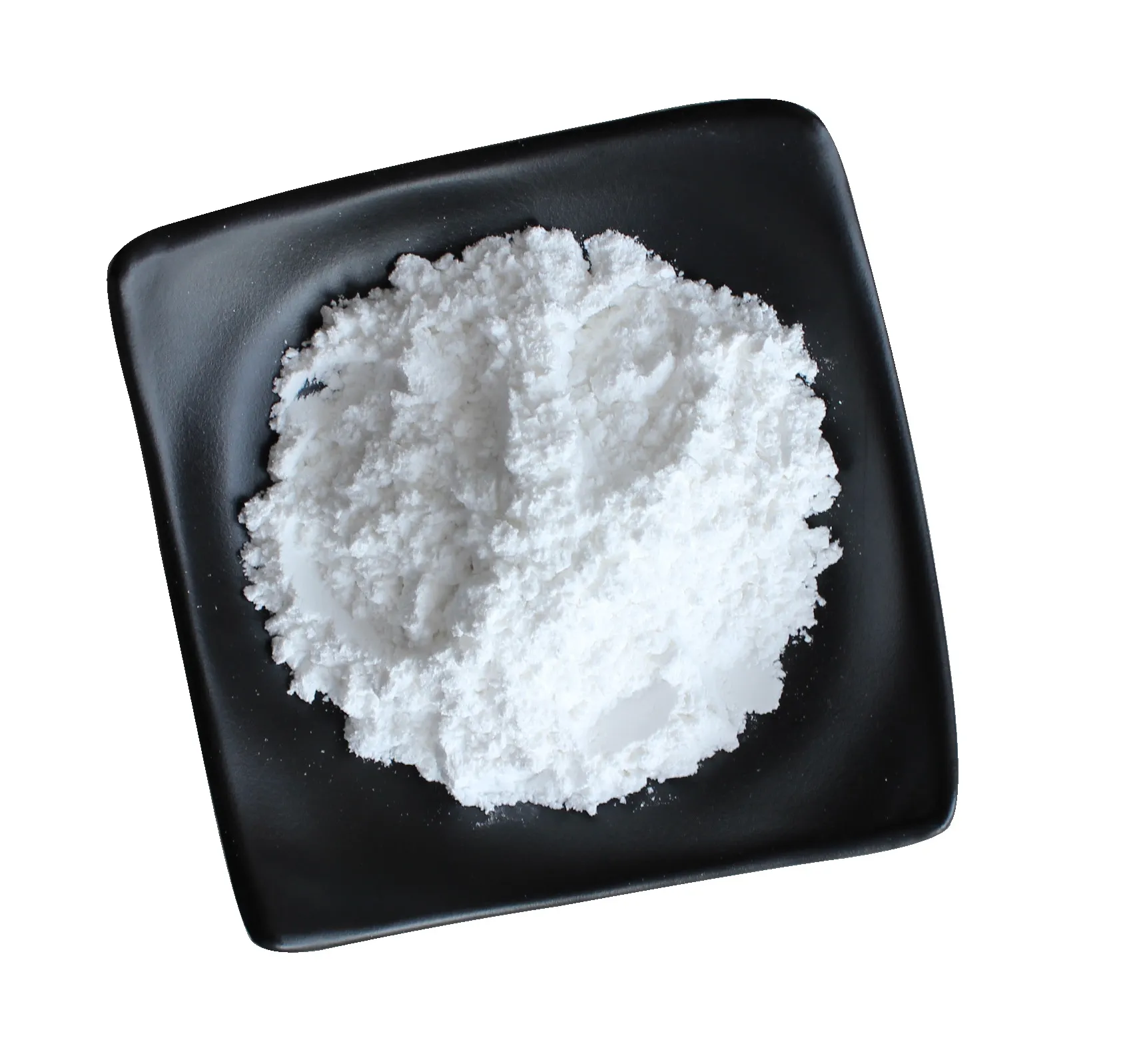
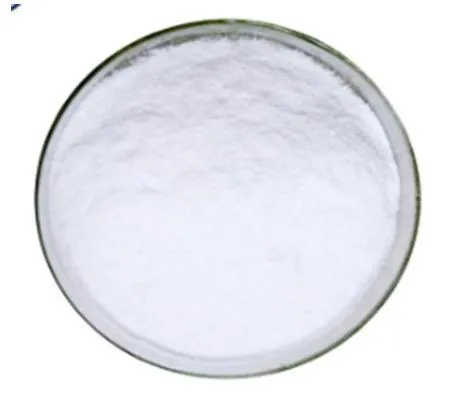

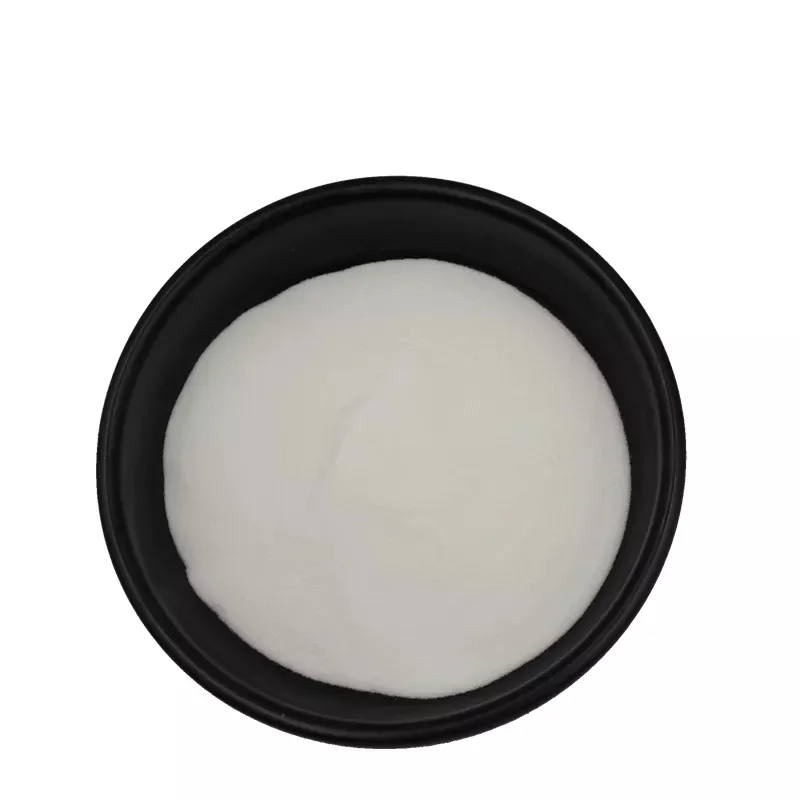
Feed-grade L-lysine hydrochloride is an amino acid with a very wide range of uses. It is an amino acid that cannot be synthesized by the animal body but must be directly supplemented and absorbed from the feed. It is the most important kind of essential amino acid in the animal body.
1. Adding L-lysine hydrochloride to feed can improve carcass quality, increase lean meat rate, and improve meat quality.
2. Adding an appropriate amount of L-lysine hydrochloride to the feed can increase the potency of the protein in the feed and reduce the amount of crude protein in the feed.
3. Adding an appropriate amount of L-lysine hydrochloride to the feed can reduce feeding costs and improve economic benefits.
4. Adding L-lysine hydrochloride to feed can reduce piglet diarrhea and improve animal immunity.
1) Improvement of animal performance through better amino acid balance,
2) Sparing effect of the crude protein content,
3) Replacement of animal proteins by vegetable proteins,
4) Better meat quality,
5) Prevention of lysine deficiency,
6) Fortification of nutrition for pregnancy and lactation.
A ni ọpọlọpọ awọn ile-iṣelọpọ giga-giga pẹlu ifowosowopo jinlẹ, eyiti o le fun ọ ni awọn ọja to gaju ati awọn idiyele ifigagbaga. Ati pe a tun le fun awọn ẹdinwo fun awọn rira olopobobo.Ati pe a ṣe ifọwọsowọpọ pẹlu ọpọlọpọ awọn ile-iṣẹ gbigbe ẹru ẹru ọjọgbọn, le fi awọn ọja ranṣẹ lailewu ati laisiyonu si ọwọ rẹ. Akoko ifijiṣẹ jẹ nipa awọn ọjọ 3-20 lẹhin ijẹrisi isanwo.
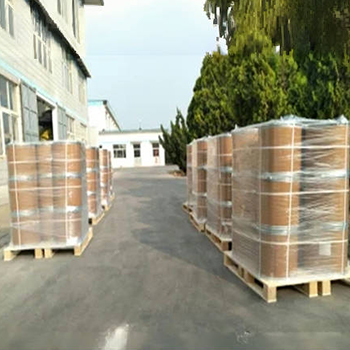
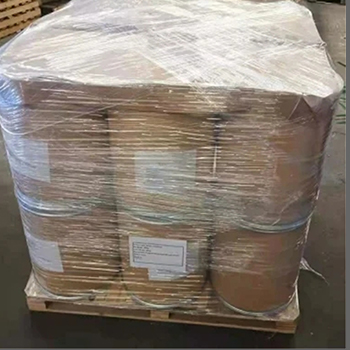


| Nkan | Awọn pato | Esi |
| Ifarahan | White or brown powder, tasteless or slightly distinctive smell | Ibamu |
| Assay ( dry basis) % | ≥98.5 | 98.68 |
| Ammonium salt (NH4) % | ≤0.04 | <0.04 |
| Specific optical rotation [a]20 D | +18.0°~+21.5° | +21.18° |
| Loss on drying % | ≤0.5 | 0.36 |
| Residue on ignition % | ≤0.3 | 0.08 |
| PH (1→10 25ºC) | 5.0-6.0 | 5.45 |
| Sulfate | Pass Test | Pass Test |
| Heavy metals (Pb) mg/kg | ≤0.003 | <0.003 |
| Arsenic mg/kg | ≤0.0002 | <0.0002 |
L-Lysine hydrochloride is a white crystalline or crystalline powder, odorless. Can be used as amino acid drugs. Lysine hydrochloride is one of the Essential amino acid in the human body, and is especially necessary for the development of children, recovery from illness, and lactation during pregnancy, such as lack can cause stunting, lack of appetite, weight loss and hypoalbuminemia.
L-lysine is a white or nearly white free-flowing crystalline powder; Almost odorless. It is easily soluble in water and formic acid, and insoluble in ethanol and ether.
1. Food is lacking in lysine, so it is also called "the first essential amino acid". Adding lysine to drinks, rice, flour and other foods can improve the utilization of protein, which greatly strengthens the nutrition of foods.
2. Used in canned food, it can not only supplement nutrition, but also deodorize and preserve freshness.
3. L-ysine can be used to formulate complex amino acid use, which are more effective than hydrolyzed protein use and have fewer side effects.
4. L-ysine can be made into nutritional supplements with various vitamins and glucose, and is easily absorbed by the gastrointestinal tract after oral administration.

1. Ṣe o jẹ ile-iṣẹ tabi ile-iṣẹ iṣowo kan?
A jẹ ile-iṣẹ iṣọpọ compnay ati iṣowo, ti n pese iṣẹ iduro kan.OEM le gba.
2. Ṣe o pese awọn ayẹwo? Ṣe o jẹ ọfẹ tabi afikun?
Awọn ayẹwo ọfẹ.Ọya ẹru ọkọ ayẹwo naa nilo lati san nipasẹ ẹgbẹ rẹ.
3. Ṣe o ni awọn iwe-ẹri eyikeyi ti o ni ibatan si iṣakoso didara?
ISO 9001: 2008 iwe-ẹri lati rii daju didara.
4. Kini MO yẹ ki n pese lati gba agbasọ ọrọ kan?
Pls sọ fun wa iru ọja ti o nilo, iwọn ibere, adirẹsi ati awọn ibeere pataki.Itọkasi yoo ṣee ṣe fun itọkasi rẹ ni akoko.
5. Iru ọna sisan wo ni o fẹ? Iru awọn ofin wo ni a gba?
Awọn ofin Ifijiṣẹ ti a gba: FOB, CFR, CIF, EXW;
Ti gba Owo Isanwo:USD;
Ti gba Isanwo Isanwo: T/T,Western Union; Paypal, Iṣowo Iṣowo.
Ede Sọ: Gẹẹsi.
Awọn ẹka ọja
